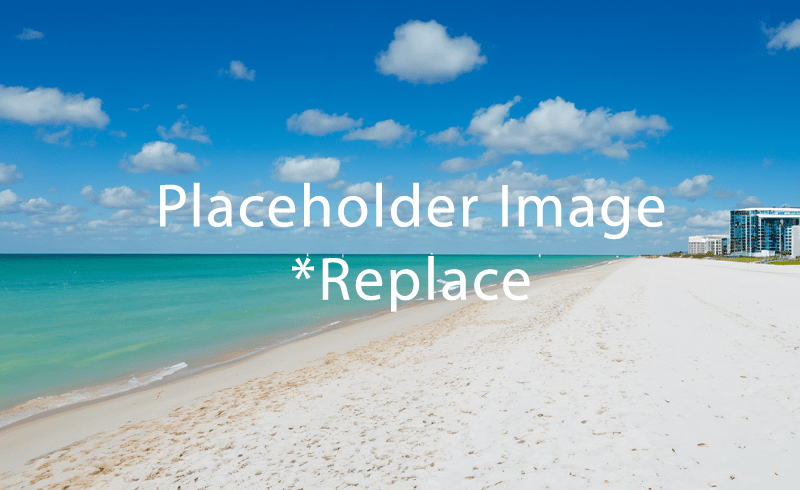In the increasingly competitive cannabis retail market, dispensaries are constantly seeking ways to stand out and foster customer loyalty. Loyalty programs, in particular, have become one of the most effective tools for retention, driving repeat purchases and building brand affinity. But when it comes to the structure of these programs, one major question arises: do cash-back rewards or points-based systems generate more cannabis sales?
Understanding the Two Models
Cash-back rewards are straightforward. Customers receive a percentage of their purchase back as credit to use on future visits—usually 5-10% back on each purchase. This format is transparent and immediately valuable, which appeals to budget-conscious consumers.
Points-based rewards, on the other hand, accumulate with each purchase and can be redeemed for discounts, free products, or exclusive experiences. This model creates a sense of gamification, encouraging consumers to engage more deeply with the brand over time.
The Case for Cash Back
Cash-back rewards offer instant gratification. A consumer who spends $100 and gets $10 toward their next visit feels like they’re making a smart financial decision. According to data from Headset, cannabis customers in competitive markets like California and Colorado are more likely to return to retailers offering immediate and transparent incentives.
Cash-back systems are also easier to understand. Unlike points, which require consumers to calculate value or track tiers, cash-back rewards make the return on investment crystal clear. This simplicity appeals especially to older demographics and first-time buyers who may be overwhelmed by complex loyalty apps or tier systems.
Moreover, dispensaries that use POS-integrated cash-back rewards systems—like those offered by Springbig or Alpine IQ—have reported improved basket sizes and more frequent return visits within a 30-day cycle.
The Power of Points
Despite the appeal of cash-back programs, points-based systems tap into psychology. They build anticipation and a feeling of progress. For example, a consumer earning 100 points toward a coveted pre-roll or vape cartridge is more likely to make repeat visits to reach their goal.
Points-based programs also offer flexibility. Dispensaries can design tiered loyalty structures that unlock different benefits, incentivizing higher spenders and creating VIP experiences. Platforms like Treez and BLAZE allow retailers to customize point redemption strategies, creating seasonal offers or exclusive access for members.
According to BDSA data, cannabis consumers enrolled in points-based programs show higher long-term engagement, particularly among Gen Z and millennial demographics who respond to gamified, app-based experiences.
Which Drives More Sales?
While both reward formats have clear benefits, the effectiveness ultimately comes down to a dispensary’s brand identity and customer base. Cash-back programs may drive more short-term sales, as they incentivize a faster return. Points-based programs, however, are more effective in building brand loyalty and driving long-term engagement.
Some dispensaries opt to blend both models—for example, offering instant cash-back deals for first-time customers, while encouraging ongoing loyalty through points accumulation. This hybrid model may be the most strategic option for maximizing revenue and customer retention.
Looking Ahead
As the cannabis market matures and consumers become more selective, dispensaries must offer loyalty programs that not only reward spending but also align with customer values and habits. Whether it’s the immediate value of cash back or the motivational pull of points, the winning format will always be the one that makes the customer feel appreciated—and keeps them coming back for more.

